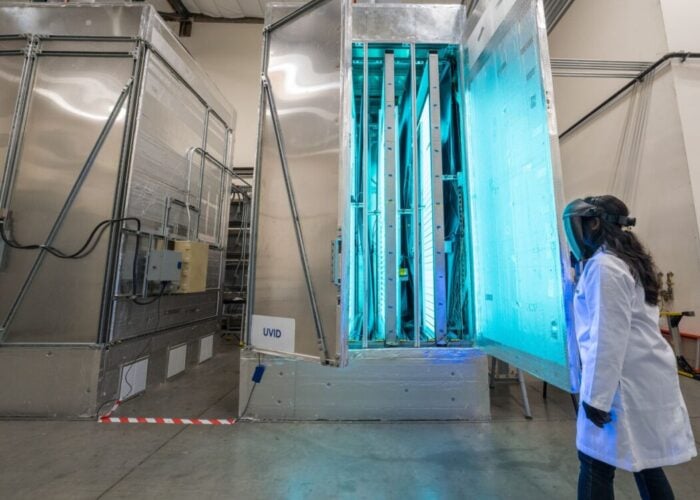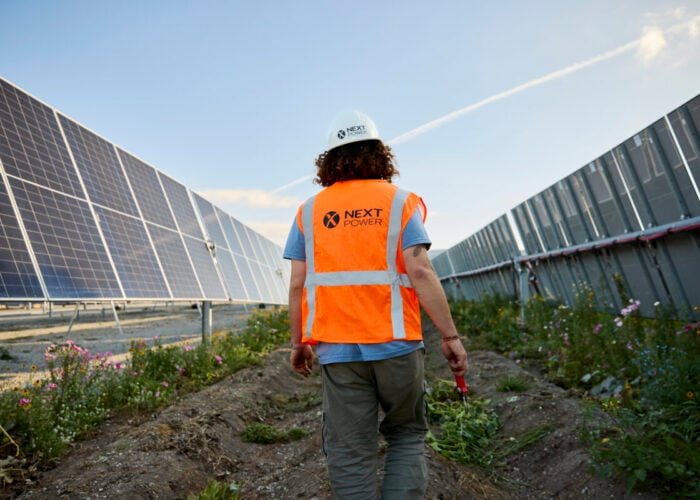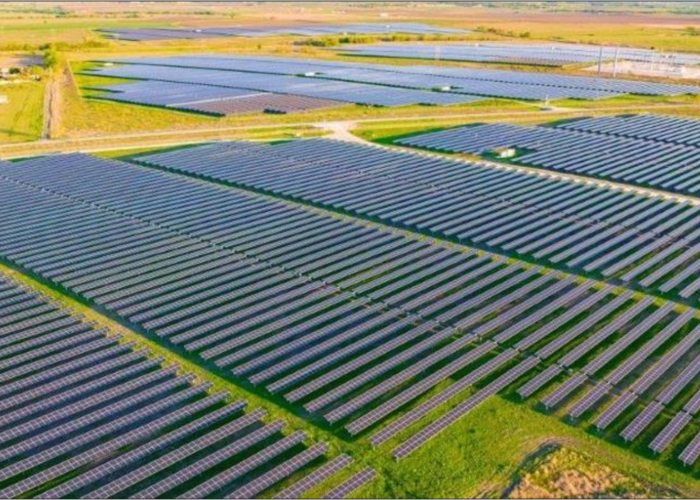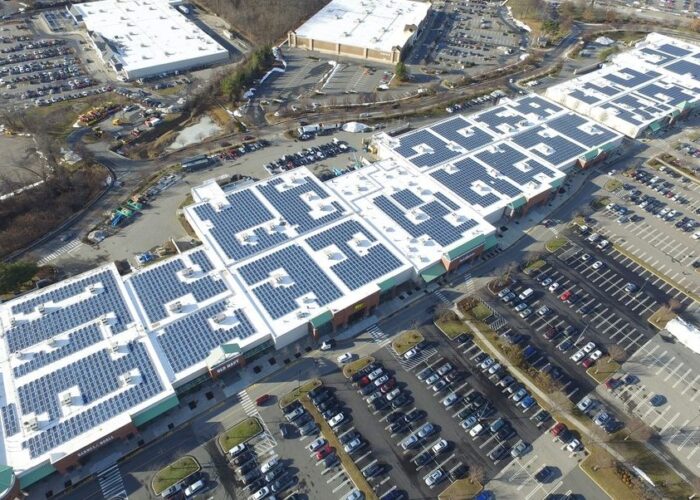Product Briefing Outline: Sanyo has launched its highest efficiency ‘HIT’ N Series solar module to date using cells with 21.1% conversion efficiency, generating a module output of 235W for its new HIT-N235SE10 module. Module efficiency is 18.6%. The New N Series modules will be produced at Sanyo’s factory in Hungary with shipments commencing across Europe from September, 2010 onwards.
Problem: With an increasing number of European countries adopting attractive feed-in tariffs that favor residential roof-top installations, there is a growing need for high-efficiency modules that better match limited roof space with attempts to maximize FiT returns for consumers and commercial businesses. Within Northern Europe especially, low-light conditions reduce power generation, requiring modules that have unique characteristics that enhance performance in these conditions.
Try Premium for just $1
- Full premium access for the first month at only $1
- Converts to an annual rate after 30 days unless cancelled
- Cancel anytime during the trial period
Premium Benefits
- Expert industry analysis and interviews
- Digital access to PV Tech Power journal
- Exclusive event discounts
Or get the full Premium subscription right away
Or continue reading this article for free
Solution: The HIT-N235SE10 has achieved a 18.6% module efficiency through adopting 21.1% efficiency HIT cells, new tab design and anti-reflection coated glass. This provides an 8.7% increase in efficiency over and above the 17.1% HIP-215NKHE5 and 7.5% increase in efficiency over and above 17.3% HIT-240HDE4. The modules use three (3) tabs for the first time, which reduces the electrical losses in the cell fingers. In addition to this, through designing new thinner tabs, the effective area is enlarged to capture more sunlight and realize an improvement in efficiency. New N series also uses anti-reflection coated glass, which reduces losses of reflection and scattering of sunlight. Due to this improvement, more sunlight arrives to the cells and improves the efficiency. This effect is especially noticeable in the morning and evening, when the sun is at a low position; therefore, increased specific yield can be achieved.
Applications: Residential and commercial rooftops.
Platform: The ‘HIT’ cell structure is a mono-crystalline wafer surrounded by ultra-thin amorphous silicon layers which make up superior conversion efficiency and excellent temperature characteristics.
Availability: European market release, September 2010.






